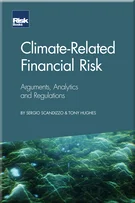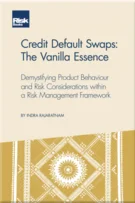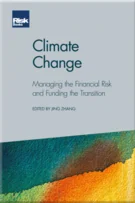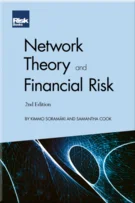Risk Parity
Risk Parity
Introduction
A Primer on Portfolio Theory
Application in Mean–Variance Investing
Diversification
Frictional Costs of Diversification
Risk Parity
Incorporating Deviations from Normality: Lower Partial Moments
Portfolio Resampling and Estimation Error
Robust Portfolio Optimisation and Estimation Error
Bayesian Analysis and Portfolio Choice
Testing Portfolio Construction Methodologies Out-of-Sample
Portfolio Construction with Transaction Costs
Portfolio Optimisation with Options: From the Static Replication of CPPI Strategies to a More General Framework
Scenario Optimisation
Core–Satellite Investing: Budgeting Active Manager Risk
Benchmark-Relative Optimisation
Removing Long-Only Constraints: 120/20 Investing
Performance-Based Fees, Incentives and Dynamic Tracking Error Choice
Long-Term Portfolio Choice
Risk Management for Asset-Management Companies
Valuation of Asset Management Firms
Tail Risk Hedging
Risk parity, given its attractive returns and intuitive appeal, has proved to be an economic success for the asset management industry. However, it is not short of critics. This section provides key insights into the main practical issues. The theoretical properties of risk parity and other diversification-based portfolio construction methods are discussed in the previous chapter and will not be repeated here.
5.1 A PRACTICAL REVIEW OF RISK PARITY
To achieve diversification, risk parity aims at allocating an identical (percentage) contribution to risk to each individual asset. In other words, all assets become equally important for overall portfolio performance in a risk-parity portfolio. For this to work, risk-parity portfolios tend to overweight low-volatility and low-correlation assets. If we define portfolio risk as portfolio volatility, we can make use of the fact that volatility is linear homogeneous in portfolio weights. Doubling portfolio weights will exactly double portfolio volatility and percentage contributions to volatility add up to 1. Risk parity is achieved if
|
$$\begin{array}{*{20}c} {w_i \frac{{{\textrm{d}}\sigma }}{{{\textrm{d}}w_i }} = w_i |
Copyright Infopro Digital Limited. All rights reserved.
As outlined in our terms and conditions, https://www.infopro-digital.com/terms-and-conditions/subscriptions/ (point 2.4), printing is limited to a single copy.
If you would like to purchase additional rights please email info@risk.net
Copyright Infopro Digital Limited. All rights reserved.
You may share this content using our article tools. As outlined in our terms and conditions, https://www.infopro-digital.com/terms-and-conditions/subscriptions/ (clause 2.4), an Authorised User may only make one copy of the materials for their own personal use. You must also comply with the restrictions in clause 2.5.
If you would like to purchase additional rights please email info@risk.net









